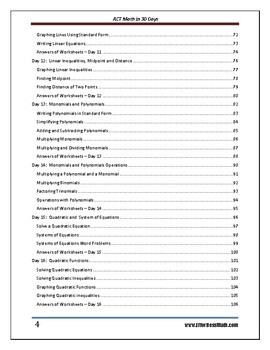


Some elders are less able to remain active because of their poverty, gender, and social class, as these and other structural conditions may adversely affect their physical and mental health. Another criticism is that activity theory is too much of an individualistic approach, as it overlooks the barriers many societies place to successful aging. One criticism of activity theory is that it overestimates the ability of the elderly to maintain their level of activity: Although some elders can remain active, others cannot. Because activity theory focuses on the individual and her or his perception of the aging process, it is often considered a social interactionist explanation of social aging. As they perform their roles, their perception of the situations they are in is crucial to their perception of their aging and thus to their self-esteem and other aspects of their psychological well-being. Today most social gerontologists prefer activity theory, which assumes that older people benefit both themselves and their society if they remain active and try to continue to perform the roles they had before they aged (Choi & Kim, 2011). It is also true that many elders cannot afford to disengage from their previous roles if they leave their jobs, they are also leaving needed sources of income, as the opening news story discussed, and if they leave their jobs and other roles, they also reduce their social interaction and the benefits it brings. In fact, society may suffer if its elderly do disengage, as it loses their insight and wisdom. However, older people in many societies continue to perform their previous roles quite well. Because disengagement theory assumes that social aging preserves a society’s stability and that a society needs to ensure that disengagement occurs, it is often considered a functionalist explanation of the aging process.Ī critical problem with this theory was that it assumes that older people are no longer capable of adequately performing their previous roles. In this way, a society effects a smooth transition of its elderly into a new, more sedentary lifestyle and ensures that their previous roles will be undertaken by a younger generation that is presumably more able to carry out these roles. A society thus encourages its elderly to disengage from their previous roles and to take on roles more appropriate to their physical and mental decline. This approach assumed that all societies must find ways for older people’s authority to give way to younger people. One of the first explanations was called disengagement theory (Cumming & Henry, 1961). This theory falls into the more general conflict theory of society. Inequalities among the aged exist along the lines of gender, race/ethnicity, and social class.

Older people experience age-based prejudice and discrimination. This theory is considered an interactionist explanation of the aging process. Their positive perceptions of the aging process are crucial to their ability to remain active. Older people benefit themselves and their society if they continue to be active. This theory is considered a functionalist explanation of the aging process. To enable younger people to assume important roles, a society must encourage its older people to disengage from their previous roles and to take on roles more appropriate to their physical and mental decline. Table 6.1 Theory Snapshot Theoretical perspective


 0 kommentar(er)
0 kommentar(er)
